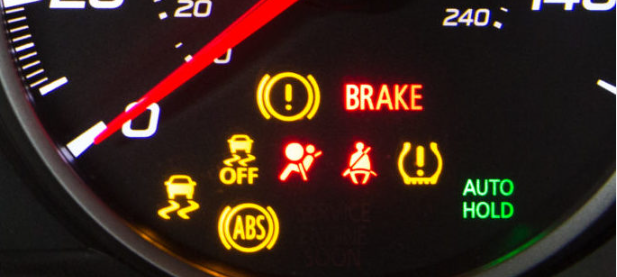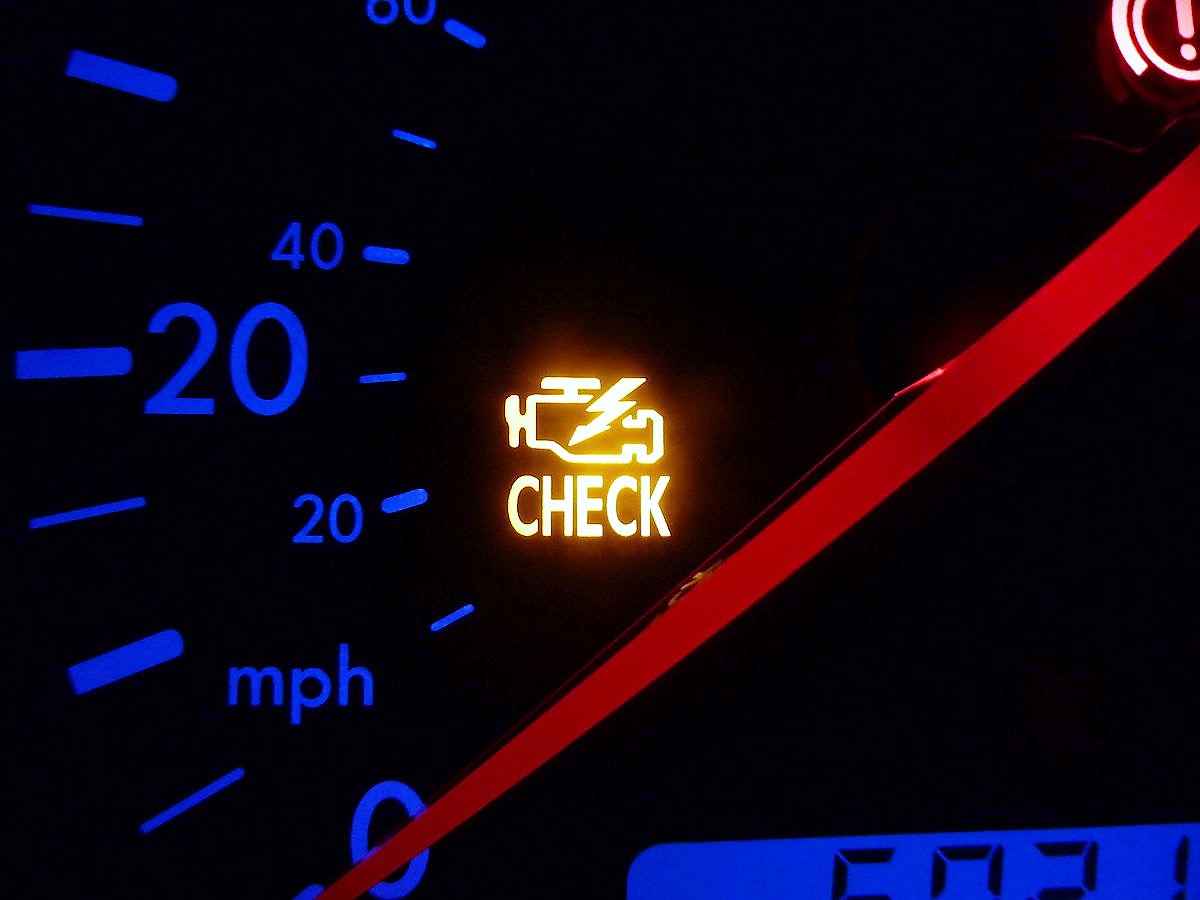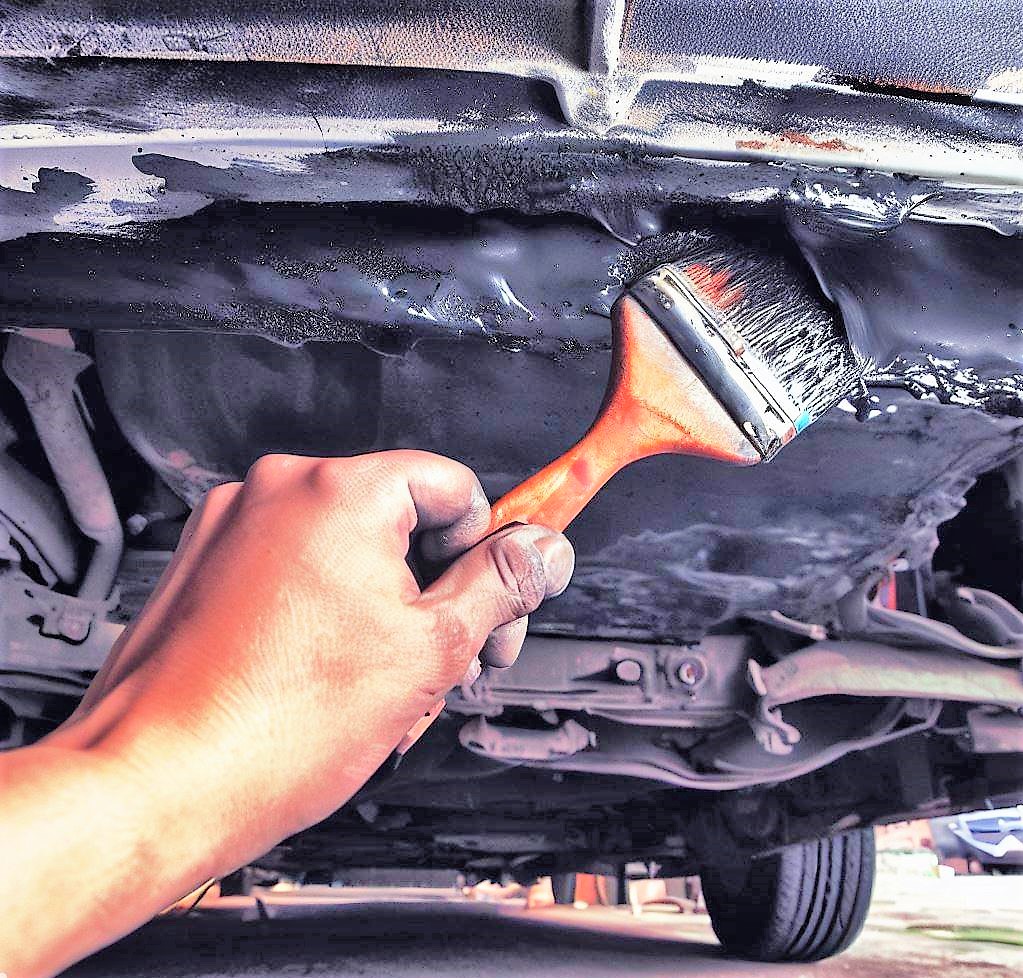How To Disable Limp Mode Permanently
Limp mode is a safety feature installed in modern vehicles to protect the engine from further damage when a fault is detected. It restricts the car’s performance, limiting its speed and power, and leaves the driver with little to no control over the vehicle. While limp mode is a valuable feature that can prevent engine damage, it can be frustrating for drivers who want to return their cars to full performance.
The good news is that there are ways to disable limp mode permanently, which we will be discussing in this article. In this article, we will explore the causes of limp mode, the effects of too much oil, and the connection between the alternator and limp mode. We will also discuss the ABS and gearbox connection and how it can cause limp mode.
By the end of this article, you will have a clear understanding of how to disable limp mode permanently and get your car back to full performance. So, let’s get started.
Key Takeaways
- Permanently disabling limp mode can be risky and cause additional damage, so it is recommended to diagnose and fix underlying issues instead.
- Excessive oil can negatively affect performance and longevity, potentially causing engine damage and emission control system issues.
- A malfunctioning alternator can lead to limp mode by preventing the engine control module from receiving sufficient power.
- Neglecting the connection between the ABS system and the gearbox can lead to unsafe driving conditions and reduced vehicle performance. Regular maintenance and inspection of the engine, alternator, and ABS system can prevent issues and maintain optimal performance.
Can You Override Limp Mode?
It is currently debated whether it is possible to override limp mode in a reliable and safe manner without causing further damage to the vehicle’s engine. Limp mode is a feature in modern cars that activates when there is an issue with the powertrain or motor. It is designed to limit the car’s speed and power output to prevent further damage to the engine.
Attempting to bypass limp mode can be risky, as it may cause additional damage to the vehicle. Some car owners have tried to disable the feature by disconnecting the battery or using a diagnostic tool to clear the codes. However, this is not recommended, as it can cause other issues with the car’s systems.
Ultimately, the safest and most effective way to fix limp mode is to diagnose and repair the underlying issue. This may involve replacing faulty sensors or repairing damaged components.
While it may be tempting to try and disable limp mode, it is important to remember that it is a safety feature designed to protect the vehicle and its occupants.
Causes of Limp Mode

One possible cause for a vehicle to enter limp mode is a malfunction in the transmission control system. This system consists of various sensors and actuators that work together to ensure smooth gear shifting. If any of these components fail or send incorrect signals, the vehicle’s computer may activate limp mode to prevent further damage to the transmission.
Other potential causes of limp mode include issues with the engine or electrical system. To better understand the causes of limp mode, it is helpful to consider specific examples. One common issue is a failed transmission solenoid. These solenoids are responsible for controlling the flow of transmission fluid, and if one fails, it can cause the transmission to shift incorrectly or not at all.
Another potential culprit is a faulty throttle position sensor. This sensor is responsible for communicating the position of the throttle to the vehicle’s computer, and if it fails, the computer may not be able to properly adjust the engine’s performance.
In order to bypass limp mode, it is important to first identify the underlying cause. Depending on the issue, there may be various ways to disable limp mode, such as repairing or replacing faulty components or reprogramming the vehicle’s computer. However, it is important to note that attempting to disable limp mode without addressing the root cause can be dangerous and may lead to further damage to the motor or automobile. Therefore, it is recommended to consult with a professional mechanic or dealership to properly diagnose and repair any issues that may be causing the vehicle to enter limp mode.
Effects of Too Much Oil
Excessive oil in a vehicle’s engine can cause a variety of negative effects on its performance and longevity. When too much oil is present, it can cause the lubricant to become foamy and aerated. This can lead to a reduction in the lubrication effectiveness and can cause damage to the engine’s components. The excess oil can also cause the crankshaft to become submerged, leading to increased friction, overheating, and potential engine failure.
In addition to decreased engine performance, too much oil can also cause damage to the emission control systems. The excess oil can contaminate the diesel particulate filter, which can lead to a decrease in efficiency and increased emissions. The excess oil can also cause the catalytic converter to overheat and potentially fail, leading to an increase in harmful emissions.
To prevent the negative effects of excessive oil, it is important to ensure that the correct amount of lubricant is used during oil changes. If too much oil is added, it should be drained immediately to prevent damage to the engine. Regular maintenance and inspection of the vehicle’s engine can also help to prevent excess oil and maintain performance.
By taking these steps, vehicle owners can prevent the adverse effects of too much oil and ensure the longevity and performance of their engines.
Alternator and Limp Mode
The alternator plays a critical role in a vehicle’s electrical system, as it is responsible for converting mechanical energy into electrical energy to power the car’s electronic components. Without the alternator, the vehicle would not be able to function as it should.
However, when the alternator malfunctions, it can lead to a variety of problems, including limp mode. Limp mode is a motorized safety function in which the vehicle’s computer system limits the power source to prevent further damage to the engine.
To understand how the alternator affects limp mode, it is important to recognize the four main reasons why an alternator may malfunction. Firstly, a faulty alternator belt may cause the alternator to stop functioning properly. Secondly, a broken or damaged alternator wire can prevent the alternator from charging the battery. Thirdly, a defective voltage regulator may cause the alternator to overcharge the battery or undercharge it. Lastly, a worn-out alternator bearing may cause the alternator to produce a whining noise, which can lead to damage to the alternator.
When the alternator malfunctions, it can cause the vehicle to enter limp mode. This is because the alternator is responsible for powering the vehicle’s electronic components, including the engine control module (ECM). Without a properly functioning alternator, the ECM may not receive the power it needs to function properly, leading to limp mode. Therefore, it is important to ensure that the alternator is functioning properly at all times to prevent limp mode from occurring.
ABS and Gearbox Connection
The ABS system and gearbox connection play a crucial role in ensuring the safe operation of a vehicle. The Anti-lock Braking System (ABS) is responsible for preventing the wheels from locking up during sudden braking, which ensures that the driver maintains control of the vehicle.
On the other hand, the gearbox is responsible for transmitting power from the engine to the wheels and ensuring smooth gear changes. The connection between these two systems is critical in ensuring that the vehicle operates efficiently and safely.
The ABS system and gearbox connection rely on each other for optimal performance. The gearbox requires a steady power source, which is provided by the ABS system. The ABS system is powered by the vehicle’s battery, which ensures that the gearbox receives a consistent power supply.
Additionally, the gearbox requires proper lubrication to operate efficiently, which is achieved using the transmission fluid. The ABS system plays a role in ensuring that the transmission fluid is at the right temperature, which ensures that the gearbox is adequately lubricated.
The ABS system and gearbox connection are essential components of a vehicle’s operation. The ABS system ensures that the vehicle’s wheels do not lock up during sudden braking, while the gearbox is responsible for transmitting power from the engine to the wheels. The connection between these two systems is critical in ensuring that the vehicle operates safely and efficiently.
The ABS system provides a steady power source for the gearbox and ensures that the transmission fluid is at the right temperature for optimal lubrication. Neglecting the ABS system and gearbox connection can lead to significant problems in auto transport, including unsafe driving conditions and reduced vehicle performance.
Frequently Asked Questions
What are the long-term effects of disabling limp mode permanently?
Disabling limp mode permanently can have negative long-term effects on the vehicle’s engine and transmission, potentially leading to costly repairs and decreased performance. It is not recommended as a solution to address underlying issues with the vehicle’s operation.
Is it legal to disable limp mode on a vehicle?
The legality of disabling limp mode on a vehicle varies by jurisdiction and can depend on the specific circumstances and reasons for doing so. It is advisable to consult local laws and regulations before making any modifications to a vehicle.
Can disabling limp mode void my vehicle’s warranty?
The disabling limp mode may void a vehicle’s warranty if it leads to damage or malfunctions. Manufacturers may argue that tampering with the software or hardware can cause harm and is not covered under warranty.
How can I tell if my vehicle is in limp mode?
Limp mode is a safety mechanism that limits engine power when a fault is detected. Symptoms include reduced acceleration and a flashing warning light. Consult your vehicle manual for specific instructions on identifying limp mode.
Are there any safety concerns associated with disabling limp mode?
There are potential safety concerns associated with disabling limp mode, as it is designed to protect the engine and transmission from further damage. In addition, disabling limp mode may result in the vehicle operating in an unsafe manner, potentially causing accidents or breakdowns.
Conclusion
Limp mode is a safety feature in modern vehicles that restricts the speed and power output of the engine to prevent further damage to the vehicle.
While some may attempt to override or disable limp mode, it is not recommended as it can lead to further damage to the vehicle.
There are several causes of limp mode, including low oil pressure, a faulty sensor, and issues with the transmission or engine.
It is important to address the root cause of limp mode rather than attempting to disable it permanently.
Additionally, it is crucial to maintain proper maintenance of the vehicle, including regular oil changes and inspections, to prevent issues that can trigger limp mode.
In conclusion, while it may be tempting to attempt to disable limp mode permanently, this is not a recommended course of action.
It is important to address the root cause of limp mode and maintain proper maintenance of the vehicle to prevent further issues.
Any modifications or attempts to override limp mode should only be done by a qualified mechanic or technician to ensure the safety and longevity of the vehicle.





Leave a Reply